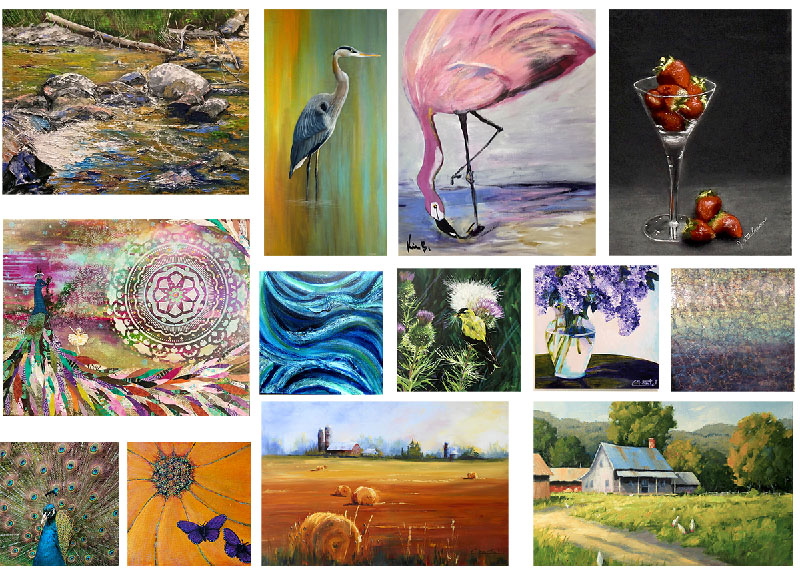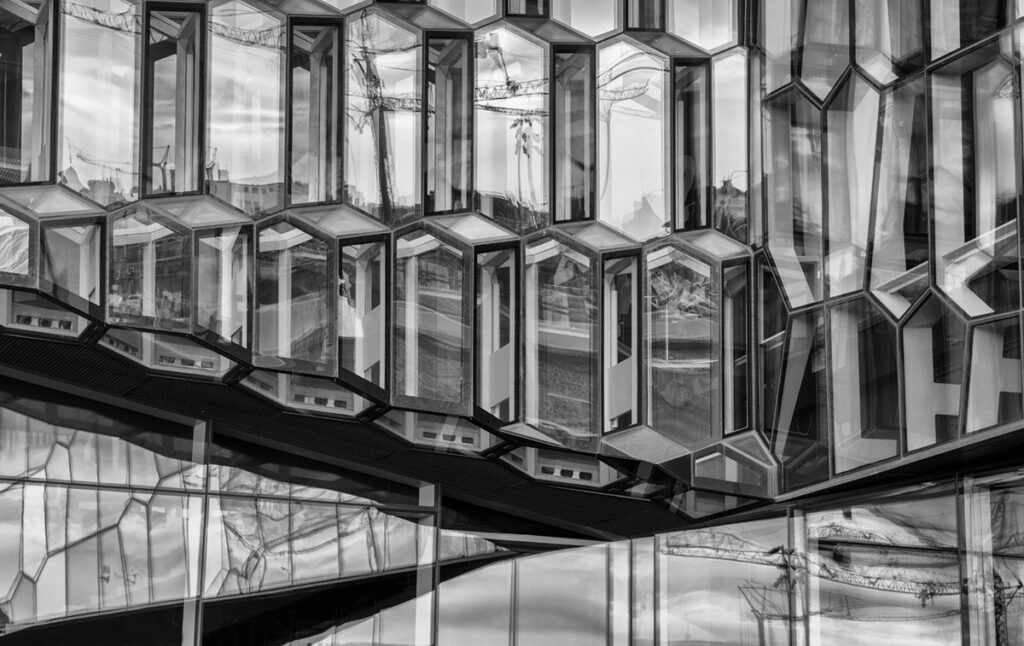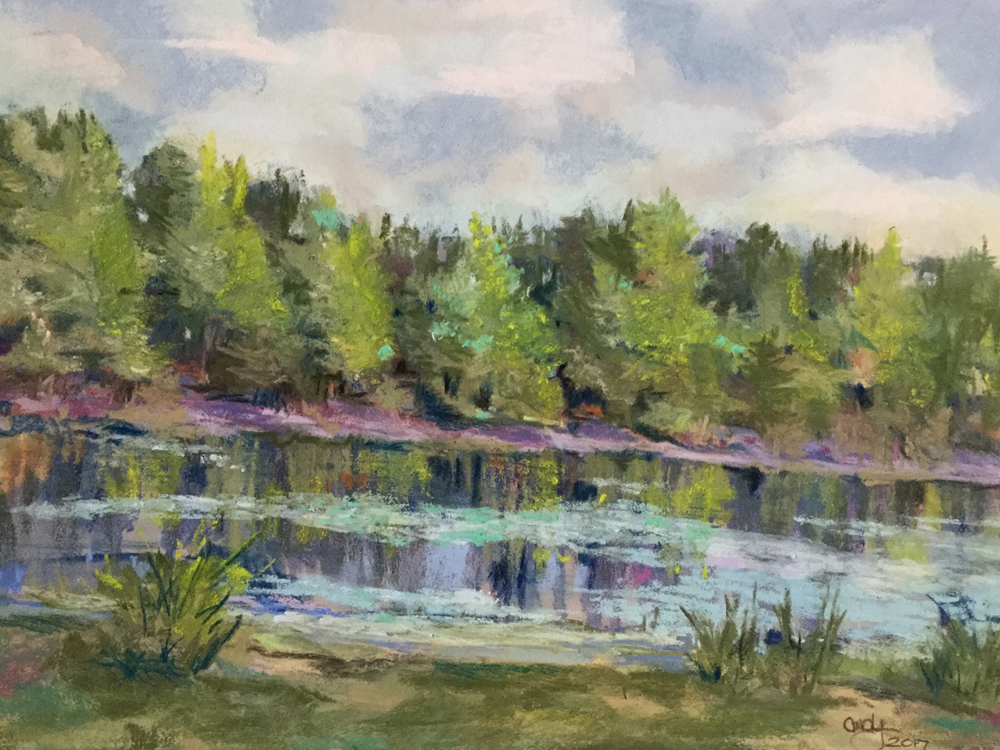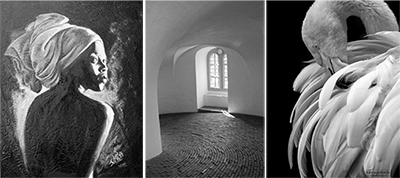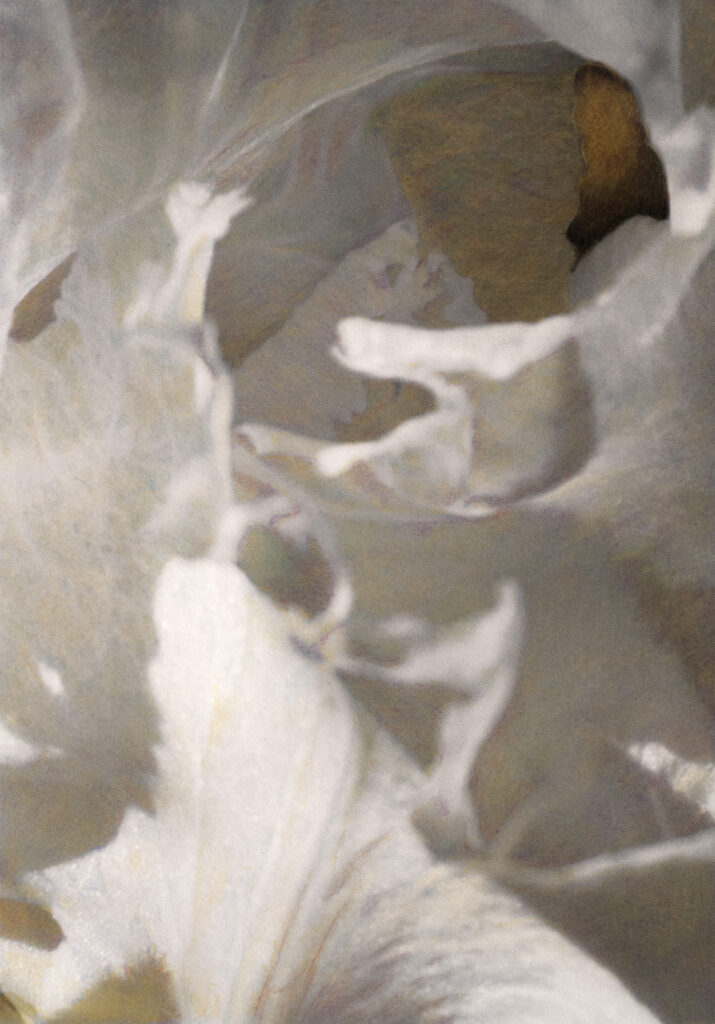
“We are closer to attaining cheerful serenity by simplifying thoughts and figures. Simplifying the idea to achieve an expression of joy. That is our only deed [as artists].” Henri Matisse
We think of abstract art as being contemporary phenomena but its roots can be traced back to ancient rock paintings, textile patterns, and pottery designs that captured a symbolic reality. More recently, the impressionists and expressionist of the 19th century used numerous abstract techniques to capture emotion and subjectivity.
Abstract art is broadly defined as non-objective and non-representational art. Unlike more traditional genres, abstract art uses the language of shape, form, color, brushstrokes, size, scale, and line, which have no source at all in an external visual reality, to show an alternative visual experience. Its departure from reality can be slight, partial, or complete.
Definitions for abstract art involve ideas that revolve around a departure from reality:
- Art that alters color and form in conspicuous ways
- The creation of beautiful effects using pure patterns of form, color, and line
- Gestural marks with no source at all to an external reality
- Art that celebrates the process
- While it may be based on an object, figure, or landscape, the forms have been simplified or schematized
- Paintings that do not depict a person, place, or thing in the natural world often represent the spiritual and aim to provoke emotion
However it is defined, abstract art challenges us to interpret an image that, in no way, resembles the kind of images our brain is programmed to understand. A study by neuroscientist, Eric Kandel, proposes that because our brain must work harder and in a different way to understand abstract art, people often find it intimidating.

